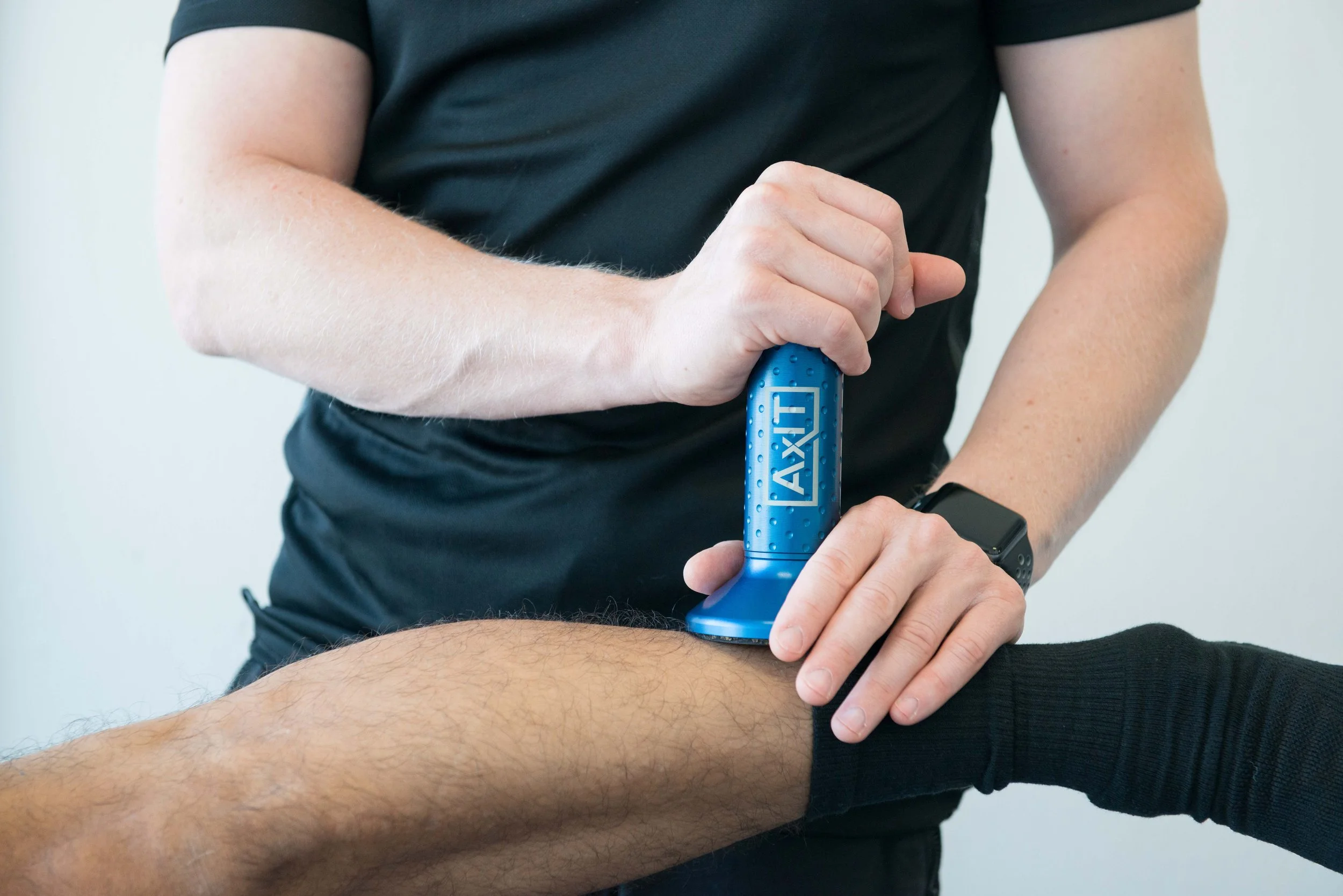Sports Physiotherapy
Get Back in the Game with Elite Sports Physiotherapists
Being side-lined is more than just frustrating; it's a barrier between you and your passion. That throbbing knee, nagging shoulder, or twisted ankle holds you back. You want to return to your sport quickly and safely, without the fear of re-injury.
At Macarthur Physiotherapy, we don't just treat your injury—we build a stronger, more resilient athlete.
Elite Expertise That Gets Results
When it comes to sports rehabilitation in Campbelltown and South West Sydney, our experience is unmatched. We provide the highest standard of care to help you achieve your recovery and performance goals.
APA Titled Sports Physiotherapists
We are the only clinic in South West Sydney with three APA Titled Sports & Exercise Physiotherapists on staff. This formal APA recognition is your assurance of receiving highly effective, evidence-based care from an expert with proven skills and extensive experience in their field.
Elite Rehab for Every Athlete
Our physiotherapists have worked directly with NRL teams, Olympians and other elite sports organisations. We bring the same high-performance insights and rapid return-to-play strategies used on professional athletes to your rehabilitation, ensuring the fastest and safest recovery.
A Legacy of Local Trust
Since 1989, we have been a trusted part of the Macarthur community. We combine our elite clinical expertise with genuine, local care, making us the clinic of choice for athletes at every level.
Common Sporting Injuries We Treat
ACL & Meniscus Injuries
Macarthur Physiotherapy is a trusted clinic amongst teams and doctors to expertly rehabilitate your knee post-injury or surgery, guiding you safely back to sport. By using an evidence backed, criteria-based approach, we not only want you to return to play, but return to perform.
Ankle Sprains
Whether it is a rolled ankle at netball or a severe Syndesmosis at footy, we will help you rapidly recover from ankle sprains with targeted rehabilitation to restore stability and confidence.
Hamstring, Groin & Calf Tears
Muscle tears are a fact of sport, a common injury with high recurrence risk. We aim to accelerate healing and prevent re-injury for common muscle tears with our specialised care.
Running-Related Injuries
Shin Splints, Runner’s knee, Stress Fractures are some of the injuries runners face. Our thorough assessment looks to uncover the root causes of these nagging injuries and customise your plan, to your needs.
Shoulder Injuries
Contact injuries like Dislocations or AC joint injuries or repeated use leading to Rotator cuff tendinopathy are troublesome injuries. We look to regain full shoulder strength and mobility to confidently perform overhead movements and sport-specific actions.
Post-Op Rehab
Through research backed, elite sports experience and technology assisted rehab, we will optimise your surgical recovery and ensure a stronger, smoother return to your active lifestyle.
From Pain to Performance: Our Approach
FAQs
-
For most acute injuries like sprains and strains, we recommend coming in as soon as possible. Early and accurate diagnosis allows us to manage swelling and pain effectively, provide you with the right advice, and establish a recovery plan immediately. This can often lead to a significantly faster and more successful recovery.
-
No, you don’t need a referral to see any of our physiotherapists. You can book an appointment directly with us. If your treatment is related to a Workers' Compensation claim, DVA, or a Chronic Disease Management (CDM) plan, then a referral from your GP is required.
-
Your return to sport will be a careful, criteria-led decision, not a guess based on time alone. We use objective, data-driven testing to measure your strength, mobility, and confidence with sport-specific movements. This ensures we only clear you to return when you are physically and mentally ready, which significantly reduces the risk of re-injury.
-
While all physiotherapists are experts in movement and function, an APA Titled Sports & Exercise Physiotherapist is a formal recognition of their advanced expertise and experience in managing sports-related injuries. They have a deeper understanding of the demands of sport, athletic injuries, and high-performance rehabilitation strategies to get you back in the game safely.
-
Our therapists currently work in a range of clubs from professional to local. You can catch our therapist with the likes of Wests Magpies NSW Cup, Camden Rams and Campbelltown Harlequins. We are lucky enough to also have therapist who have worked at the highest levels in elite sports, helping us bring elite rehab to the Macarthur Region.
-
For lower limb injuries you’ll want to wear loose fitting pants or shorts to allow for the physio to assess the area. For upper limb and shoulder injuries- females may prefer to wear a sports bra and singlet to allow for the physiotherapist to assess the area accurately. Just think what will be easy to move in and allow for adequate assessment.
If you have experienced a sporting injury and want to get back in the game ASAP, give our clinic a call to book your same day appointment. Call 02 4628 0026 or book via the link below.
Sporting Organisations trusted by our Physios











